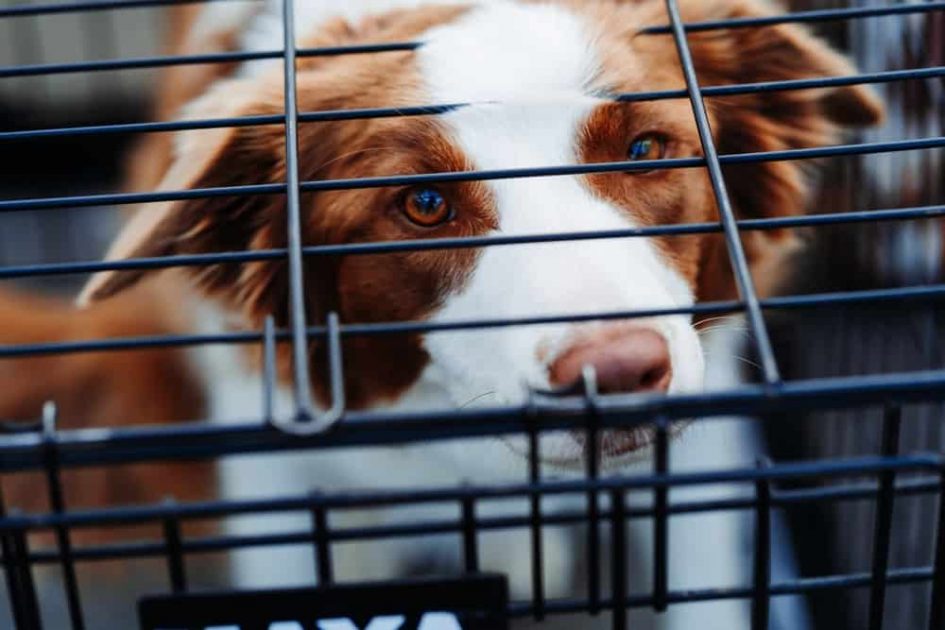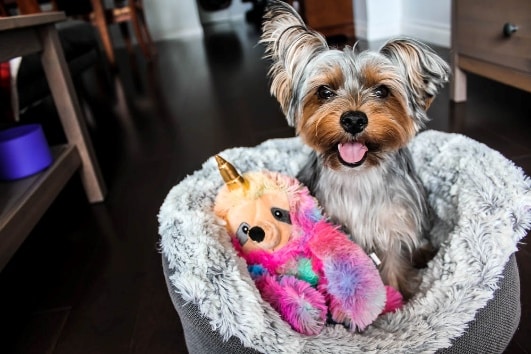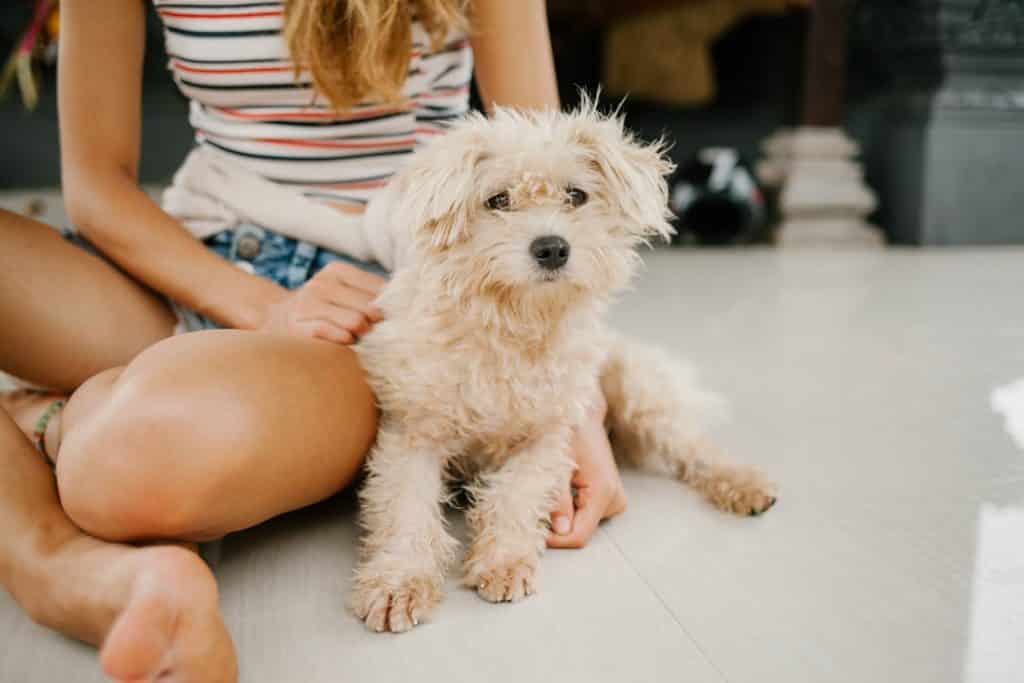

How to Crate Train Your Dog: Everything You Need to Know
Crate training is a necessary part of owning a puppy. Here is everything you need to know about how to crate train your dog.
Crate training is a vital part of owning a dog since it has many functional uses. From having a safe space for the dog to relax to easier transportation and reduced risk of injuries, there are many benefits for learning how to crate train your dog.
We have created a simple step-by-step outline that can be helpful for dog owners who are trying out crate training on their puppies or adult dogs.
1. Make Sure They Get Everything Out of Their System
Before you put the dog in the crate, you need to make sure that they are feeling comfortable. This means that they have had their share of exercise and fun play as well as gone outside to relieve themselves.
2. Positive Association Is Vital
Your pup needs to associate the crate with comfort and relaxation rather than a punishment. You should line the crate with its favorite toys and cozy blankets. You can even throw in some treats if they aren’t entering the crate. Whenever they enter the crate, you should praise them or use your marker word or clicker.
If the dog is still somewhat nervous around entering, you can start feeding them meals there. Start by moving their bowl closer and closer until it’s inside the crate. Once your dog is comfortably eating inside, you can shut the door while they are having their meal. Make sure to open it as soon as it is done with the meal.
3. The Duration Matters Too

The goal is to have the puppy in the closed crate for at least 15 minutes without them feeling any stress. This may not happen the first time, but you can gradually increase the duration over time. Bring them into the crate using toys or food and shut the door for around 15 seconds. You can let the dog out after and give them a treat while you remove the toys from the crate out of its reach. Hang near the crate for 10 seconds and then repeat. Increase the duration until it feels comfortable despite the door being closed.
4. Increasing Distance from the Crate
The next step is to work on distancing yourself from the crate. Repeat the process of the last step but by slowly distancing yourself each time instead of working on the time duration. Keep repeating and distancing until you are able to go out of sight of the puppy without it feeling distressed.
5. Combining Duration with Distance
Start adding longer durations with the distance now. Leave them in the cage for around 15-30 seconds while you walk, normally going in and out of their line of sight. Keep increasing the duration until you can go 5 minutes. Then you can start trying it out for 5 to 10 increments at a time. You should make sure the dog is enjoying food, puzzles, or toys and is comfortable. If they seem uncomfortable, you can leave for shorter periods of time before extending it again.
6. Adding Additional Elements
Once the puppy seems to go for 15 minutes inside the crate comfortably, you can add other elements to it too.
- Leaving the dog inside the crate for longer periods at a time.
- You can try the crate without adding a toy or delaying returning once they are done with the food puzzle. All of these things should always be available to them in the crate, but you want them to feel okay even when the food puzzle or toy entertainment runs out.
- Start to incorporate the crate in real-life situations. When you eat dinner, have guests, sleep, or go in the car, you can try it. The puppy may bark and get vocal because they want to let out, but you should wait until they have calmed down to let them out.
When you are trying out crate training, you want to make sure you don’t just leave it in there when they are uncomfortable. If they are crying out or acting up, just let them out of the crate. You can always start over with duration and distance training and go even more slowly.
Dos and Don’ts of Crate Training

- Don’t use the crate as punishment or even reprimand the dog while they are inside the crate.
- Do keep a steady pace and go as slowly as the dog needs you to go. There is no exact way that you have to follow. You can tweak the duration and distance training according to your dog’s needs.
- Make sure never to leave your dog inside the crate all day long. You have to understand that the crate isn’t a substitute for humans. Dogs that stay locked up in the crate for too long can develop depression and anxiety. They need to get the right amount of physical exercise to stay healthy and happy.
- Do make sure that they have their time to poop and play before you put them inside the crate.
- Don’t leave younger pups inside the crate for longer than 3-4 hours since they need potty breaks regularly.
- Don’t make it too much of a big thing that you are leaving them in the crate. Let your dog play around with their toy or food puzzles before you leave. You should leave without any fanfare while they are still happy with the toys.
- Do use plenty of patience, praise, and treats.
Conclusion
We hope you know how to crate train your dog now! The key is plenty of patience and observing the dog’s behavior. Anytime they seem upset, you should stop and give them a break. Crate training can take some time, but it can be really beneficial too.
Discover how to create a joyful, healthy home for your pet.
Subscribe to your weekly rundown of practice, real life ideas and training tips straight to your inbox.


